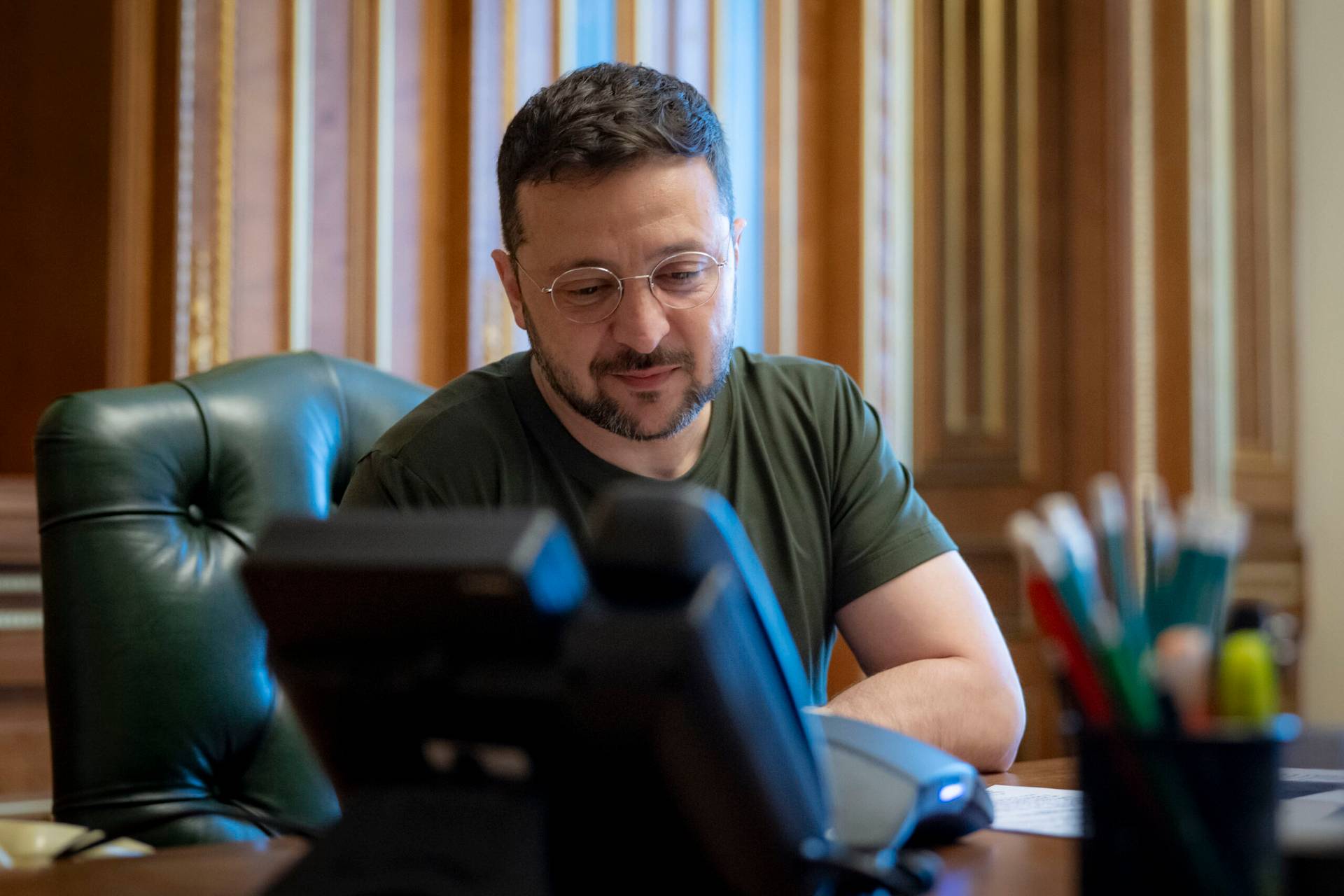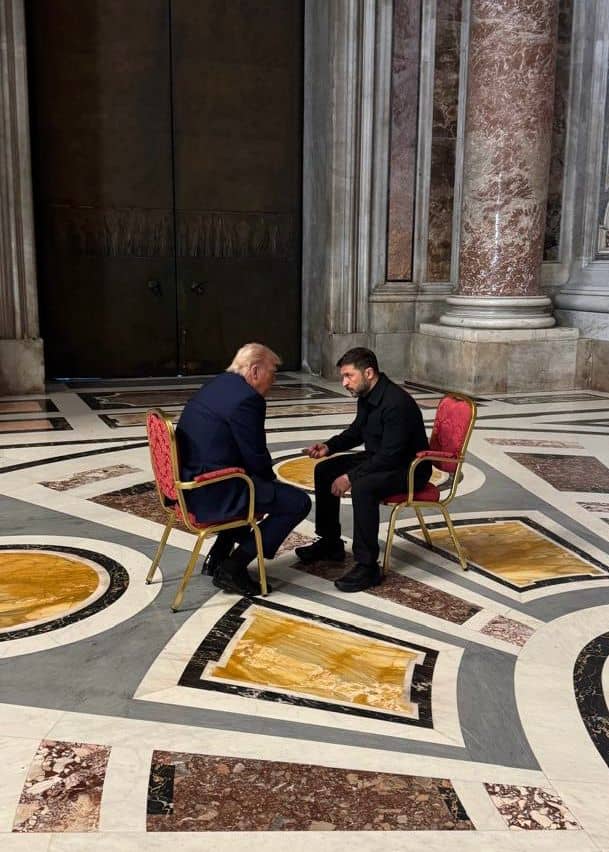ROME – As if Italy hasn’t been through enough since a sweeping national lockdown was imposed March 8, and with more than 30,000 Italians dead from the coronavirus, Romans awoke around 5:00 a.m. yesterday to an earthquake. A loud boom sent people into the streets in their pajamas under an early morning rain, temporarily forgetting their masks and gloves.
Fortunately, the magnitude 3.3 tremor centered in the far north of the city didn’t do any real damage, but the rude awakening was another reminder that these are strange times.
For many, one indicator that things are gradually improving is the fact that beginning next Monday, May 18, Italian Catholics once again will be able to go to Mass. Following a May 7 deal between the Italian bishops’ conference, CEI, and the government, public Mass will be permitted, though under a slew of conditions.
(The protocol contains no fewer than 26 such stipulations, along with three “suggestions.”)
Although when public liturgies may resume in the Vatican remains unclear, the church in Italy, anyway, is going back to business – but it’s likely to be far from business as usual.
Some indication of what to expect can be gleaned from churches experimenting with communion services and confessions, others from instructions offered by bishops, and still others from online announcements and discussions.
Herewith, four glimpses of the “new normal.”
1. Some churches won’t reopen
Prior to the pandemic, there were a grand total of 25,689 parishes in Italy, the most in the world, and arguably the country was long overdue for a round of closures and consolidations. Yet shutting down a parish is nobody’s idea of fun, since it inevitably triggers resentment and protest from people with sentimental ties to the place.
Some churches may use the crisis of the coronavirus to make temporary closures permanent.
Such is the case in Cuneo in Italy’s northern Piedmont region, where a Salesian pastor used his livestreamed Mass on Sunday to announce that a branch chapel affiliated with the parish Oratory of St. John Bosco won’t be reopening.
The chapel was built in 1973 in a former machine tool workshop, intended as a temporary solution to overcrowding in the oratory. In the meantime, a spacious new parish church was built, but a small group continued to show up at the chapel anyway.
“The new norms we have to follow don’t allow us to think about reopening the branch chapel, where it would be difficult to respect the conditions in the deal between the government and CEI,” said Salesian Father Mauro Mergola.
Anyway, Mergola suggested, the chapel had outlived its usefulness.
“It was sparsely attended, including a few elderly people from that part of the parish but most came from the outside, just because the Mass times were convenient,” Mergola said. “I don’t know how much longer we Salesians could have kept it going.”
Early indications are similar decisions may be made up and down the country, especially in small chapels and oratories.
2. A church of welcome but also red lights
Under pre-pandemic circumstances, a typical parish priest looking out at a crowded, standing-room-only church for Sunday Mass probably would have been delighted. Now, the same scene might induce panic.
Rather than a posture of “y’all come,” priests are likely to find that limiting the number of people who enter their church becomes part of their job description.
Trying to get ahead of things, several Italian parishes have already announced plans to issue tickets, which would be mandatory in order to get in. That’s the plan, for instance, at the Basilica of Sts. Philip and James in Belluno, the capital city of an autonomous province within Italy’s northern region of Veneto.
Several parishes already have been issuing tickets for funerals, which were allowed to recommence on May 4 with attendance limited to 15 people. At Rome’s Church of San Martino ai Monti, close to the Colosseum, Father Lucio Maria Zappatore said he’s been printing out tickets on his computer and giving them to the family to decide who gets to come.
Anticipating potential headaches, Father Donato Agostinelli of the parish of Santa Croce sul’Arno in Tuscany has suggested the Italian church launch an app for people to reserve a spot in church online, sort of an ecclesiastical version of “StubHub.” He’s appealed for software developers to help.
That’s not Agostinelli’s only suggestion – he’d also like to see an automated entry system.
“The idea would be to create a sort of traffic light to put outside churches,” he said. “I’m thinking about a small machine that would issue tickets for the remaining spots. It would signal with a green light there are places available, and a red light would mean the spots are gone and you have to go to another church.”
The deal for permitting public Mass puts the burden on the local pastor to decide the number of people who may be admitted in order to maintain a distance of at least a meter and a half. Though adding more Mass times would seem one solution, there’s an upper limit, in part because of the number of priests available and in part because of the turn-around time needed to clean a church after one use and before the other. One Italian diocese has decreed a minimum two-hour gap between Masses in order to thoroughly sanitize churches.
Already, many parishes have installed signs on pews indicating where people will be permitted.
In Positano in southern Italy, for example, the small Church of Santa Maria del Rosario has put place signs on its 16 banks of pews of either side of the nave, which would permit two people in each pew rather than the usual seven or eight. A Sunday Mass that normally could accommodate about 100 people, therefore, now will permit just 32.
For many pastors, the idea of a “red light” at Mass, whether literal or metaphorical, may cut against their instincts, but it’s an unavoidable sign of the times.
3. Mass al fresco
For probably nine months out of the year, most Italians, given a choice, would prefer to dine outside in the open air rather than within the confines of either their home or a restaurant.
Now, it seems many Italians may be able to choose to worship al fresco too.
The bishops of Tuscany, for instance, issued a letter to parishes May 9 authorizing celebrations in the open air, especially where space inside a church is relatively small.
“For the Sunday liturgies, the possibility can be considered, if necessary, of utilizing other parishes spaces which are larger, or to choose, in accord with local civil authorities, spaces, also outside, in which to hold these celebrations in a dignified way.”
Bishop Piero Delbosco of Cuneo, in Piedmont, is of the same mind.
“We need to think about increasing the number of celebrations where it’s possible to do it outside, even if it’s a little risky,” Delbosco said. “There are plenty of churches that have a large yard, where it’s possible to celebrate outside, and that’s certainly the ideal place where people can keep their distance.”
In that sense, it’s lucky the return to public Mass is happening as summer arrives, because it means Italian churches will have several months to use open-air spaces before the weather begins to render that solution impractical.
4. Rethinking communion and confession
Rome’s Basilica of Santa Maria in Trastevere, entrusted to the Community of Sant’Egidio, has resumed offering communion services and confessions, and the precautions they’ve adopted provide a glimpse of what will soon be standard practice.
Though this may not mean much to American Catholics, long accustomed to forming orderly and well-choreographed lines at communion time, in Italy it’s something of a cultural revolution to see people respecting lines rather than pushing their way forward and crowding around the priest. Some remained in their seats awaiting their turn last Sunday, while others knelt in place.
The priest giving communion wore a mask covering his mouth and nose as well as latex gloves, while people were instructed to receive by hand and then return to their spot rather than, as is often the Italian custom, to remain near the front of the church for a time, perhaps lighting a votive candle to Mary or a favorite saint.
Meanwhile, a second priest remained in the back of church for people who wanted to go to confession. They did not enter the confessional but remained standing in a private angle, maintaining distance and with both parties wearing masks. Otherwise, the priest’s job was to usher people out quickly and individually, to avoid the formation of what Italians call an assembramento, or “group.”
Santa Maria in Trastevere is a vast church with plenty of interior space, which, prior to the pandemic, could easily accommodate crowds of several hundred people. Smaller churches that don’t have so many private nooks and crannies may have to be more creative about where to hold confessions, perhaps staging them outdoors too where conditions permit.
Vatican uncertainties
In the meantime, the situation remains unclear in the Vatican.
It’s been reported that its own parish church of Sant’Anna, which largely serves its own employees and their families, will resume public Mass on May 18 following the Italian dispositions, but that has not yet been officially confirmed.
The situation regarding public access to papal liturgies, whether in St. Peter’s Basilica or the square outside, remains under study, in part because of the complexities of determining precisely how many people can be admitted, and in part because of the even greater headaches of maintaining the required distances, avoiding the usual scenario of people crowding spaces where they think they can get a better view of the pope.
To date, no announcement has been made about when, or how, the pope’s public events, including not only liturgies but also his Wednesday general audience and Sunday Angelus address, may resume.
Follow John Allen on Twitter at @JohnLAllenJr.


















